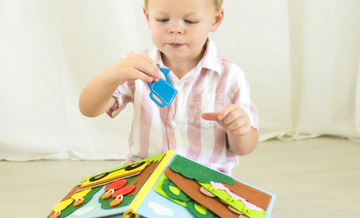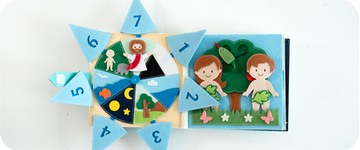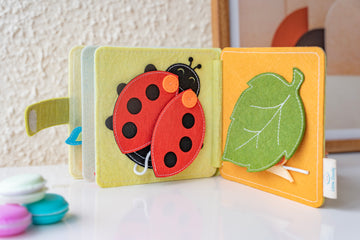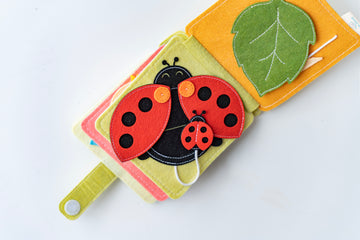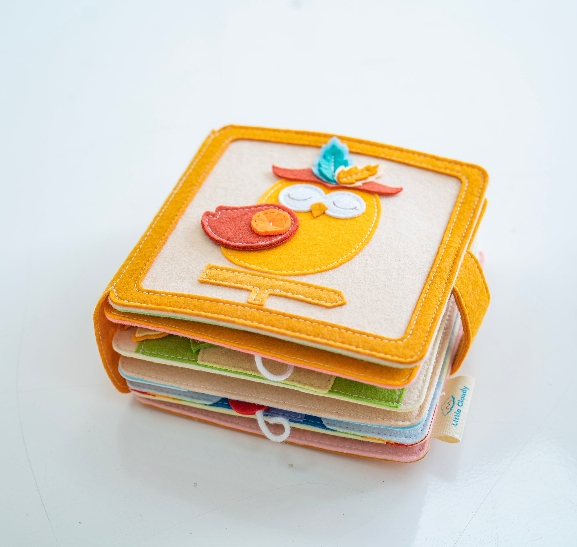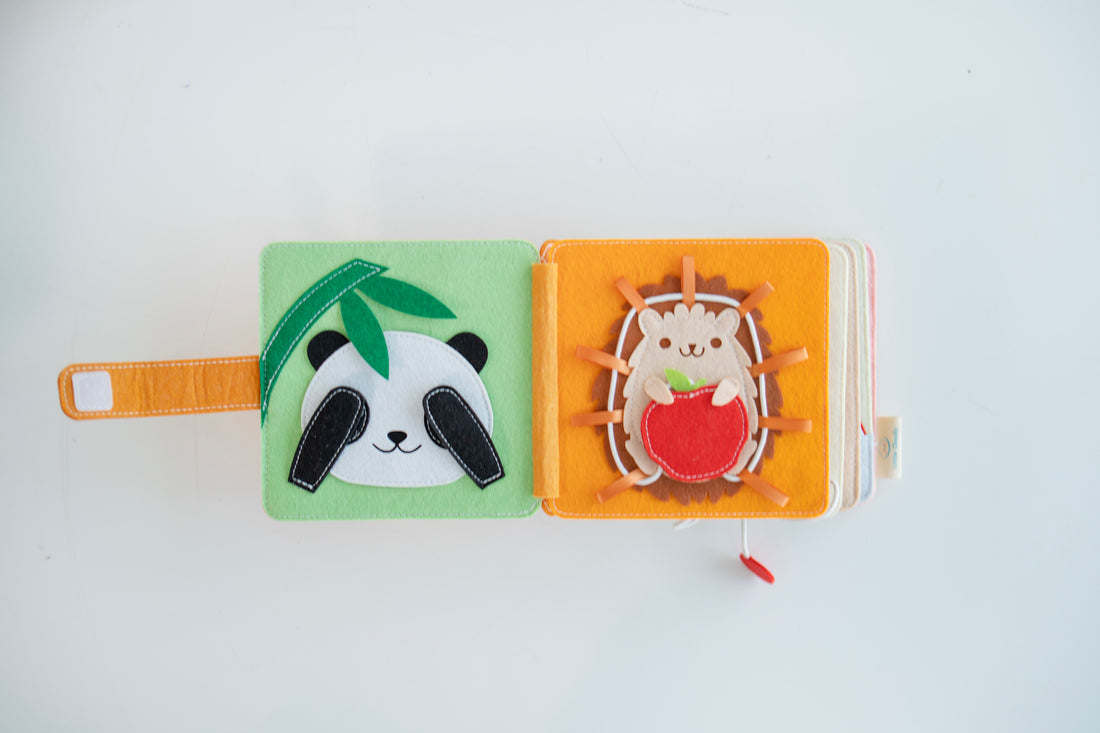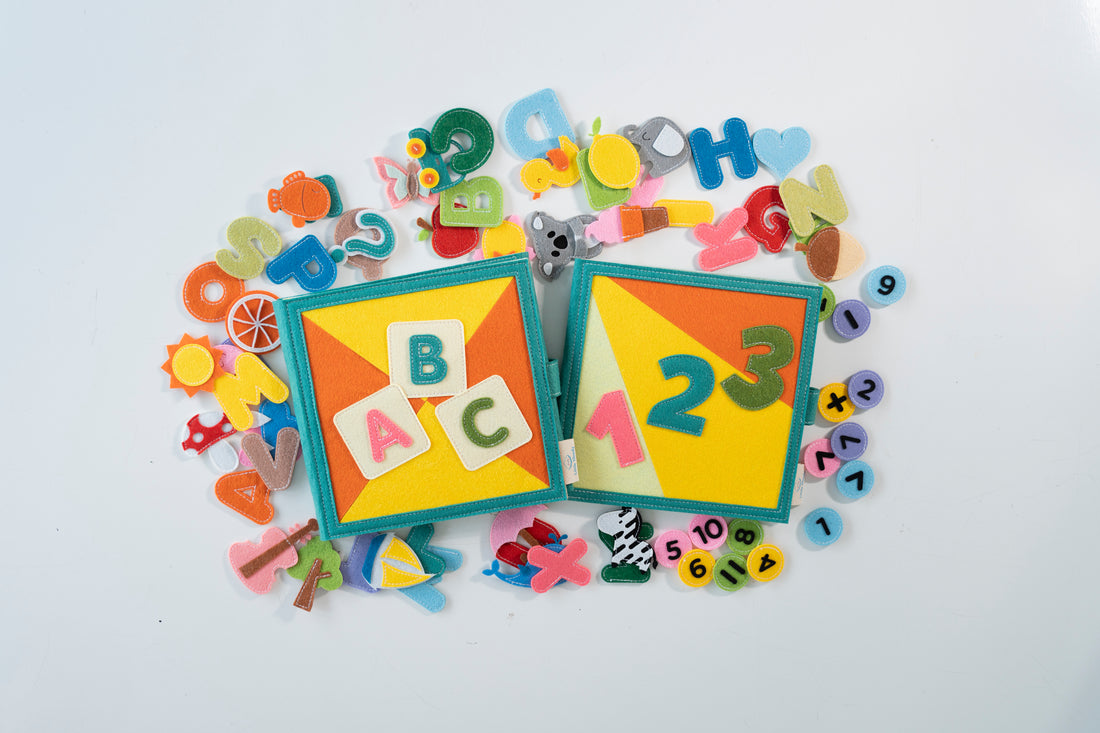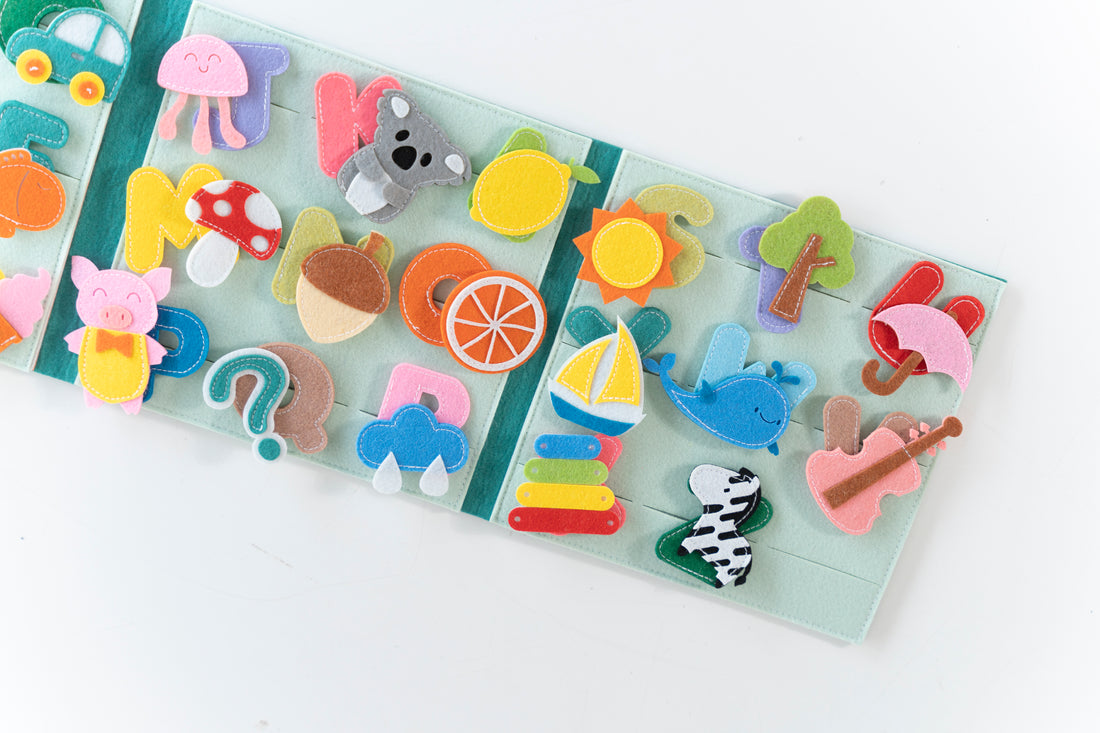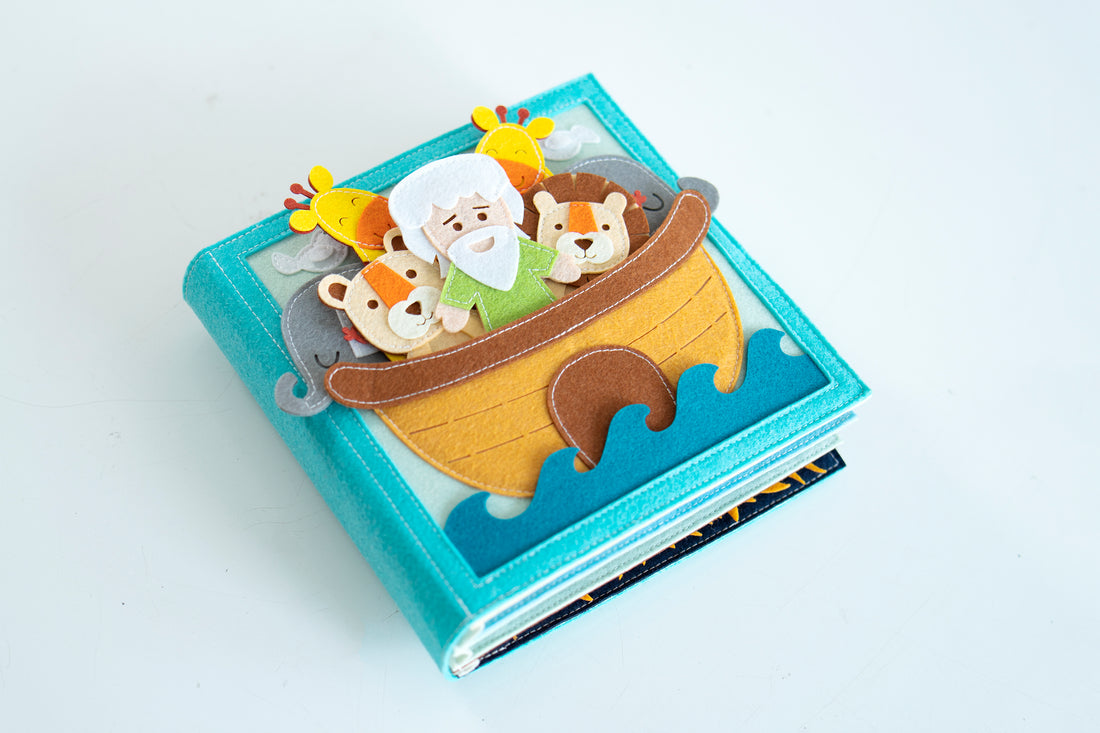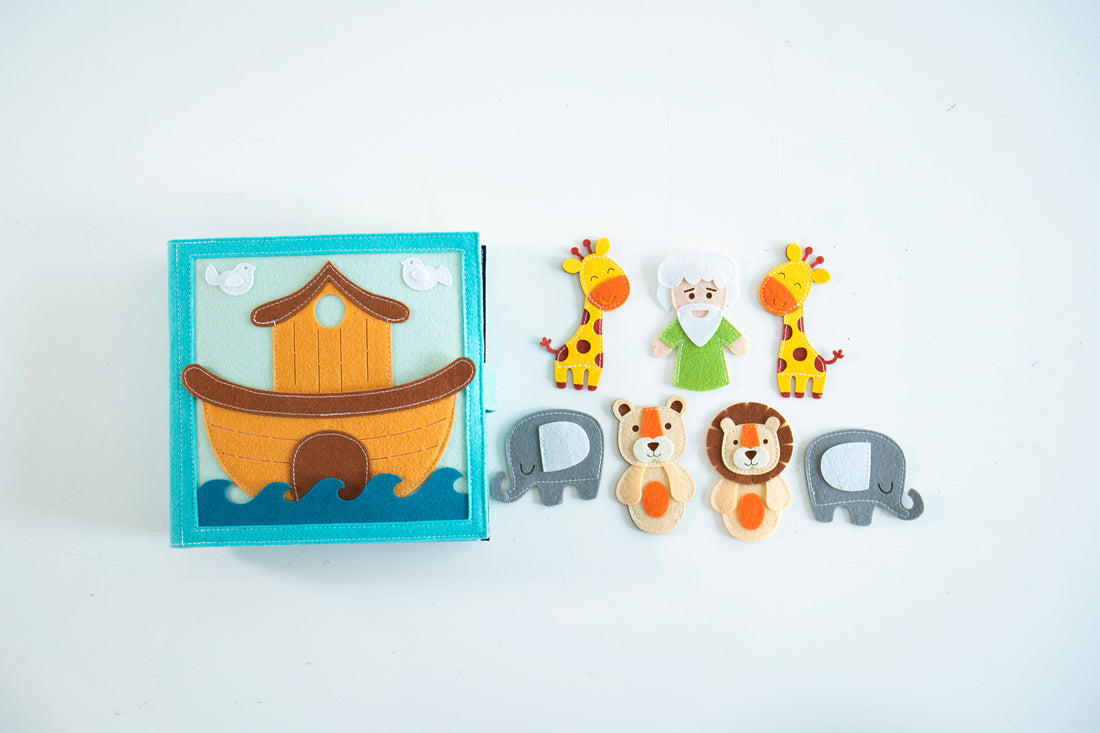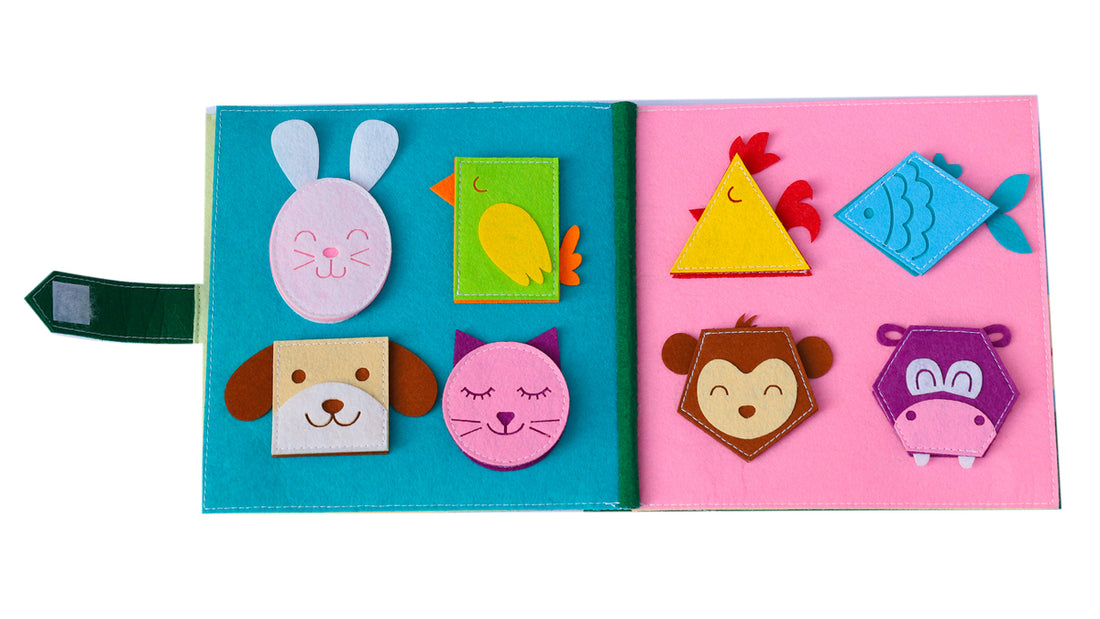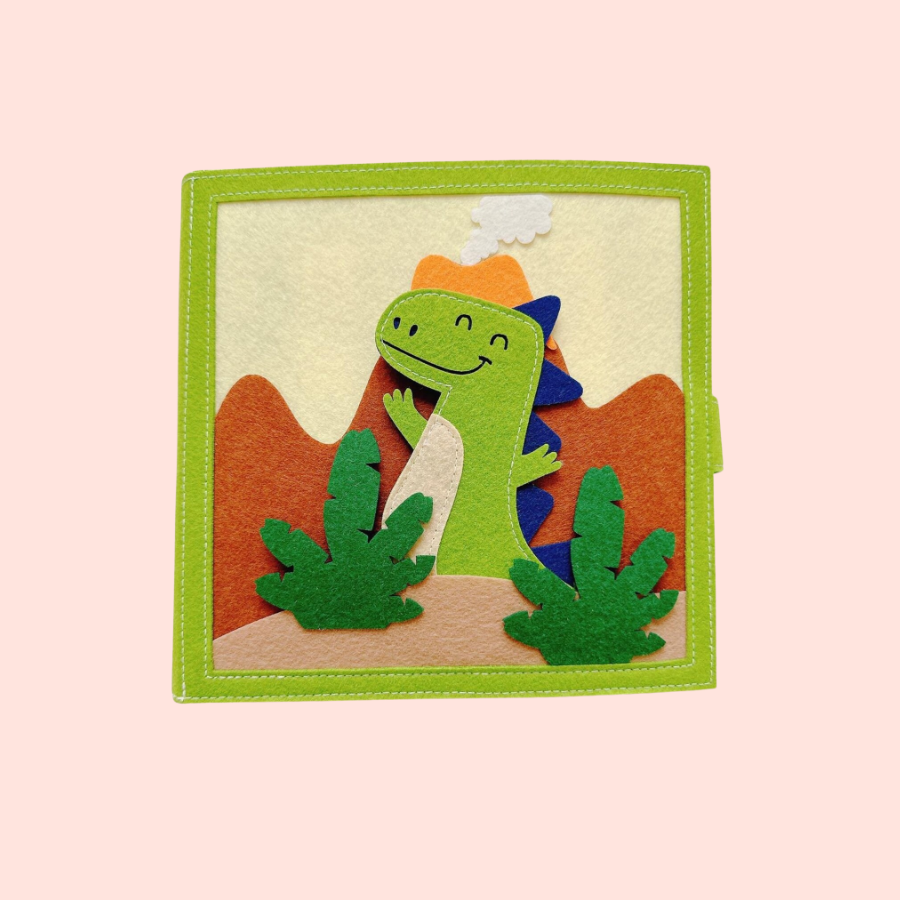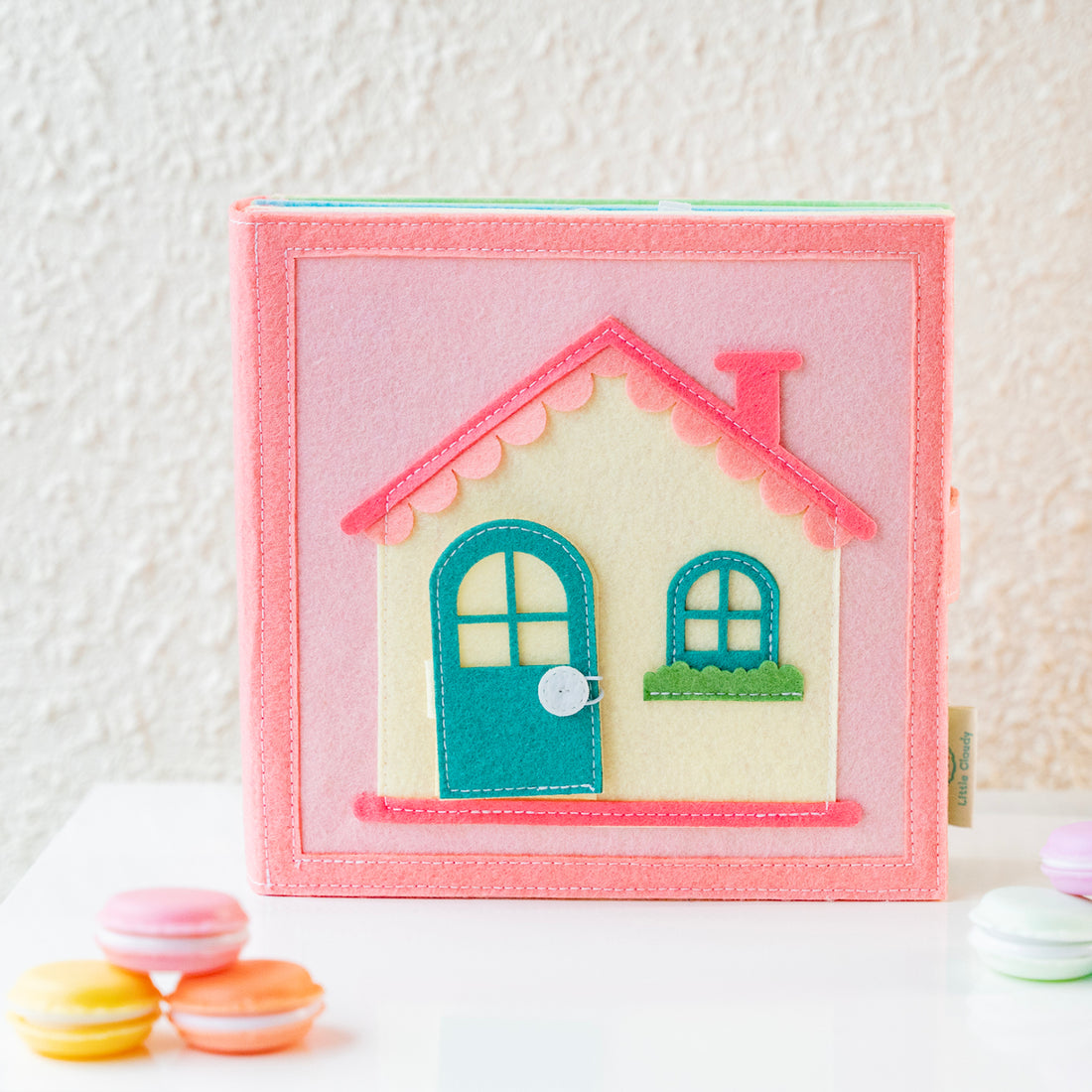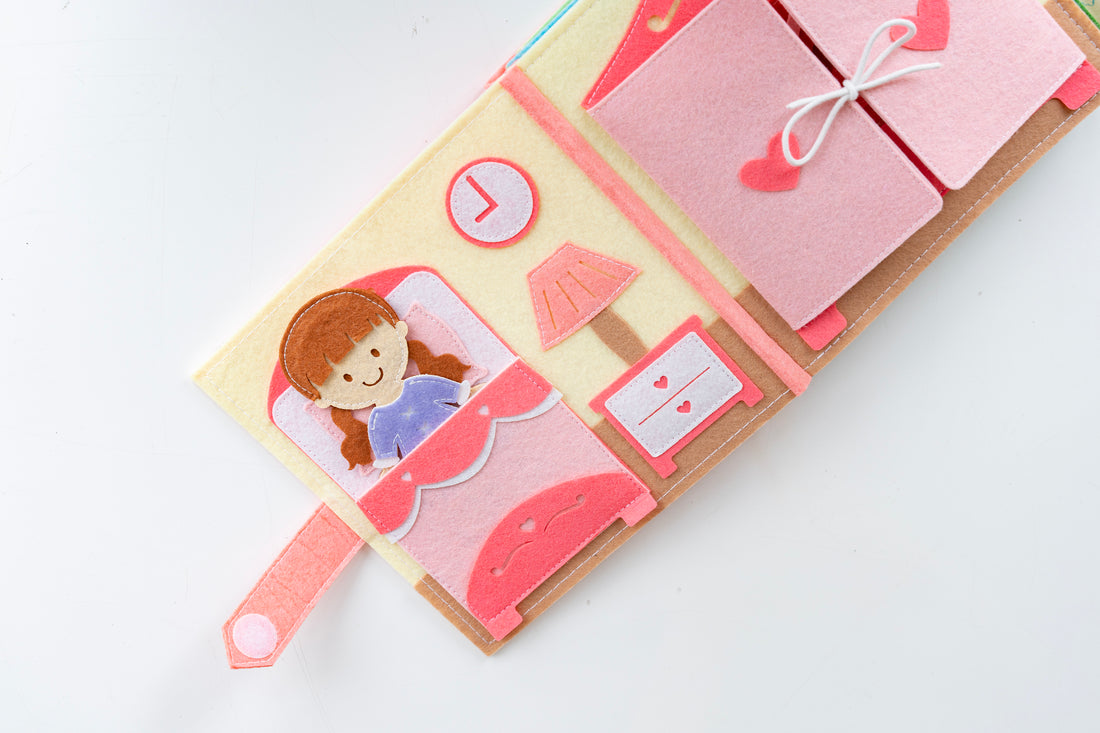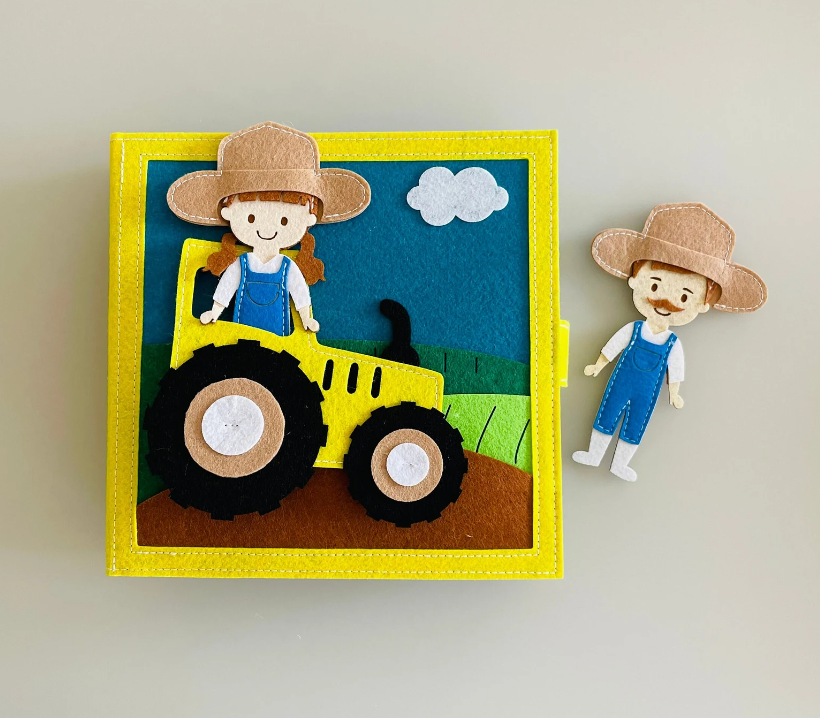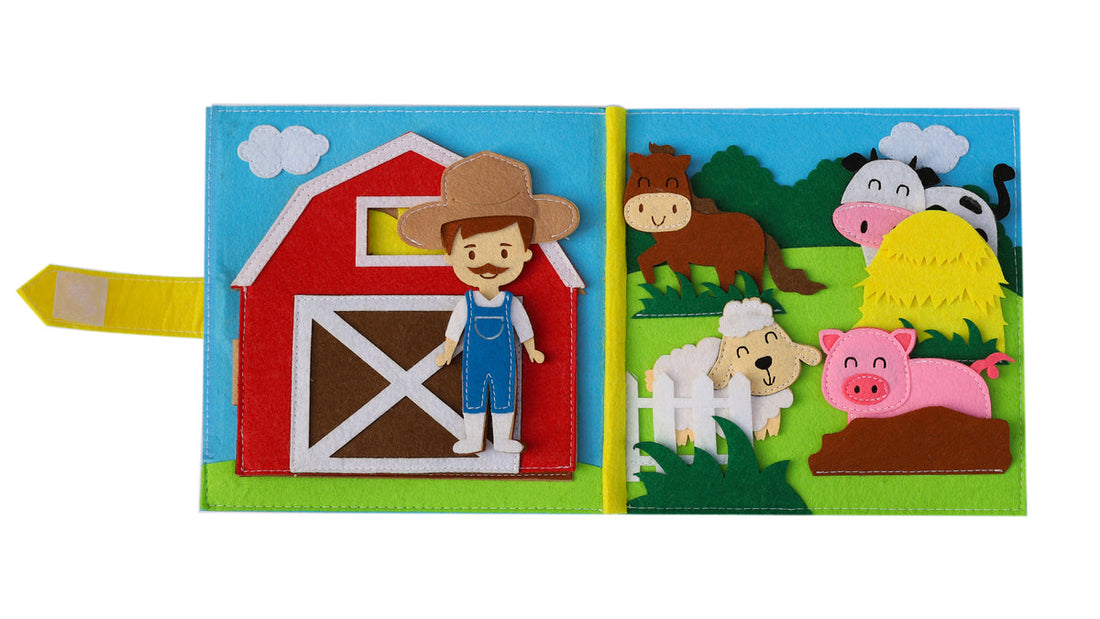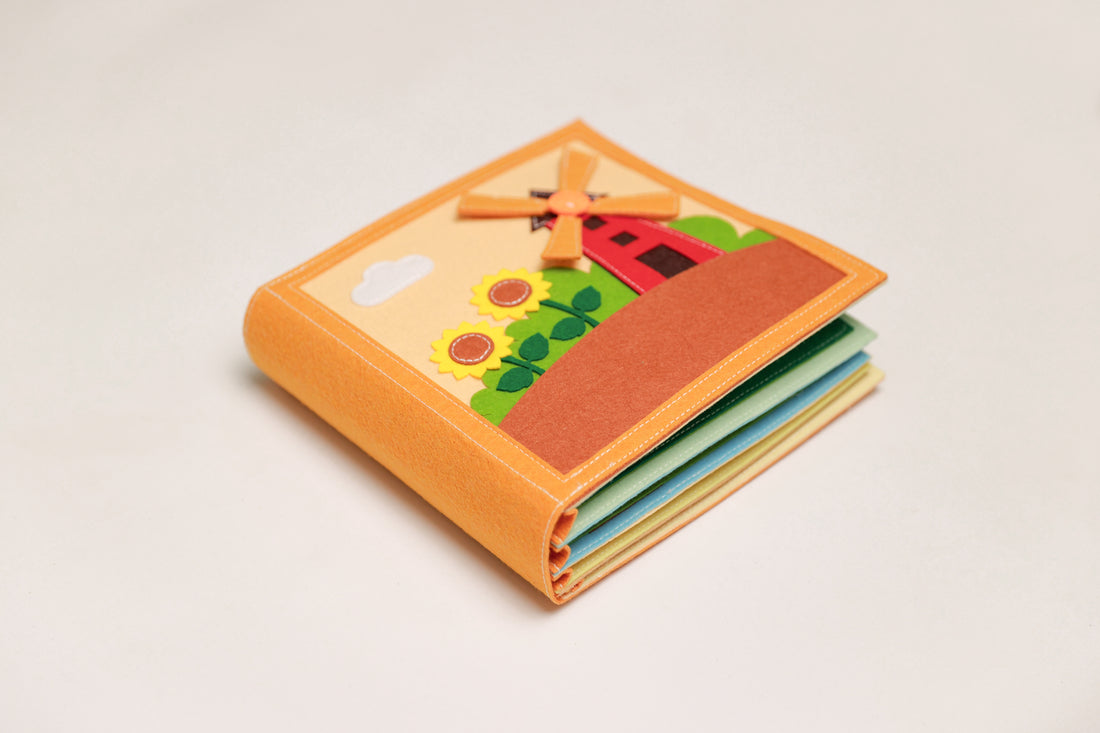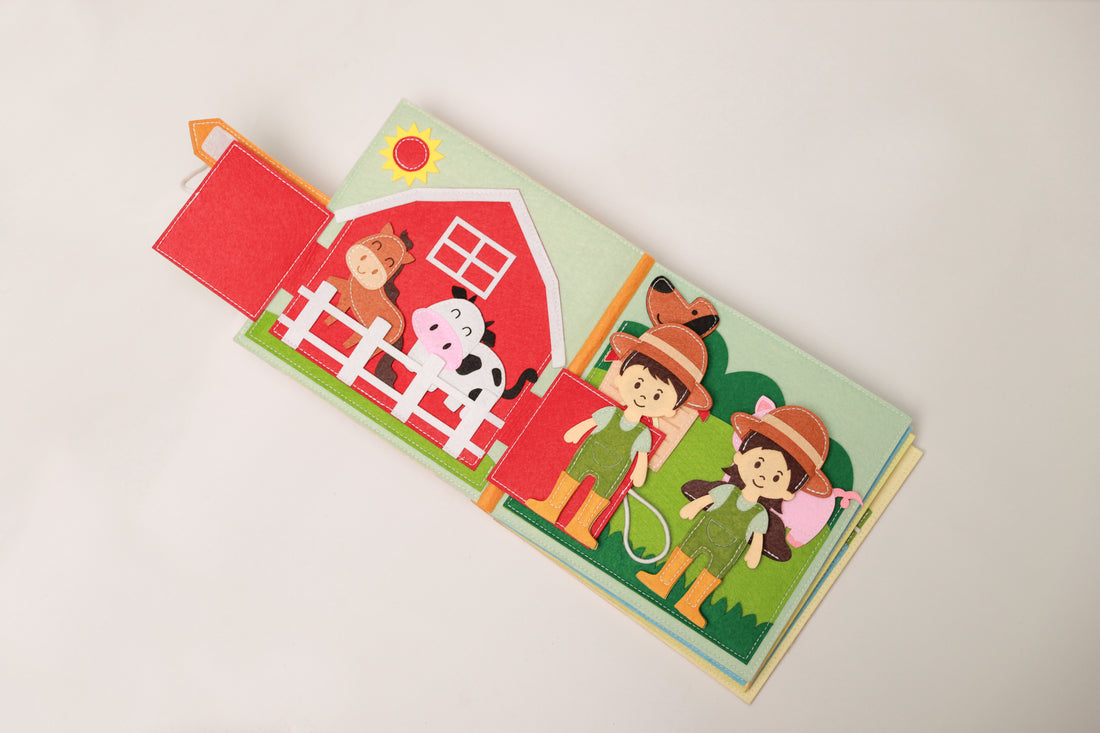Baby's First Alphabet Books are here to make learning the ABCs a blast! With engaging activities and captivating illustrations, these books are designed to capture your baby's attention and foster a love for letters.
So why wait? Start your baby's letter-learning journey today and watch as they discover the wonders of the alphabet!
The Benefits of Using Alphabet Books for Babies

Using alphabet busy book for your baby can provide numerous benefits, such as boosting their cognitive development and fostering a love for reading from an early age.
The impact of early exposure to letters on language development is significant. By introducing letters through alphabet books, you're exposing your baby to the building blocks of language, helping them develop their vocabulary and comprehension skills.
Repetition plays a crucial role in alphabet book learning. As you read the same letters and words over and over again, your baby's brain starts to make connections and recognize patterns. This repetition strengthens their memory and understanding of the alphabet, setting a solid foundation for future language and literacy skills.
Engaging Activities to Make Learning the Alphabet Fun
You can make learning the alphabet enjoyable by incorporating interactive activities. One way to do this is by using sensory alphabet activities for hands-on learning. For example, you can create sensory bins filled with materials that represent each letter of the alphabet. Your child can touch, feel, and explore these materials while learning about the letters.
Another fun idea is to incorporate music and movement into alphabet learning. You can create a catchy song that introduces each letter and encourages your child to dance or move along to the music. This not only helps them remember the letters but also keeps them engaged and excited about learning.
Choosing the Perfect Alphabet Book for Your Baby

When selecting the ideal book to introduce the alphabet to your little one, consider the illustrations and the rhythmic text for an engaging experience.
There are different types of alphabet books for babies that you can choose from. Some books focus on a specific theme, like animals or nature, while others use interactive features like lift-the-flaps or touch-and-feel elements. These variations can make learning the alphabet more enjoyable for your baby.
To incorporate alphabet books into your daily routines, try reading them during story time before bed or during quiet playtime. You can also point out letters in the environment, like on signs or labels, to reinforce letter recognition.
Tips for Creating a Alphabet Book Reading Routine
To incorporate alphabet book reading into your daily routine, try incorporating it into your baby's bedtime or quiet playtime.
Creating a reading routine for alphabet books is important for your baby's language development and literacy skills. Start by setting a consistent schedule for reading time, whether it's every day before bedtime or a specific time during the day. This will help your baby anticipate and look forward to their reading time.
Additionally, involve your child in choosing the alphabet books. Let them explore and pick the books that catch their attention. This not only empowers them but also encourages their interest in reading.
Harnessing the Power of Play to Teach Letters
Playing games that incorporate letters can be a fun and effective way to teach your child the alphabet. One way to make learning letters engaging is by incorporating sensory play into the activities.
For example, you can create sensory bins filled with different materials, such as sand, rice, or textured fabrics, and hide letter cards for your child to find and match. This hands-on approach not only helps them recognize letters but also enhances their tactile and sensory experiences.
Another way to reinforce letter recognition is by using music and movement. You can sing alphabet songs or create a dance routine where each move corresponds to a different letter. This multisensory approach makes learning the alphabet more enjoyable and memorable for your child.
Frequently Asked Questions
What Are Some Other Ways to Introduce Letters to Babies Besides Using Alphabet Books?
You can introduce letters to babies through sensory play and interactive toys. Engage their senses with textured letters or toys that make letter sounds. Make learning fun and interactive!
How Can I Encourage My Baby to Actively Engage With Alphabet Books?
To encourage active engagement with alphabet books, make reading interactive. Point to letters, ask questions, and encourage your baby to touch and explore the textures. This sensory exploration will help them connect with the letters.What Factors Should I Consider When Selecting an Alphabet Book for My Baby?
When selecting an alphabet book for your baby, consider age appropriateness and interactive features. You want a book that matches their developmental stage and engages them with fun elements like flaps or textures.
How Often Should I Read Alphabet Books to My Baby?
You should read alphabet books to your baby regularly. It helps their development and makes learning fun. As they grow, you can use interactive techniques like pointing to letters and making sounds.
Are There Any Specific Play Activities That Can Help My Baby Learn Letters Besides Using Alphabet Books?
To help your baby learn letters, try sensory letter play and a letter scavenger hunt. These play activities can engage their senses and make learning letters fun and interactive.
In conclusion, introducing alphabet books to your baby is a fun and effective way to teach them letters.
By engaging in interactive activities and creating a reading routine, you can make the learning process enjoyable for both you and your little one.
Remember to choose the perfect alphabet book that suits your baby's interests and age, and harness the power of play to make learning letters a playful and educational experience.


